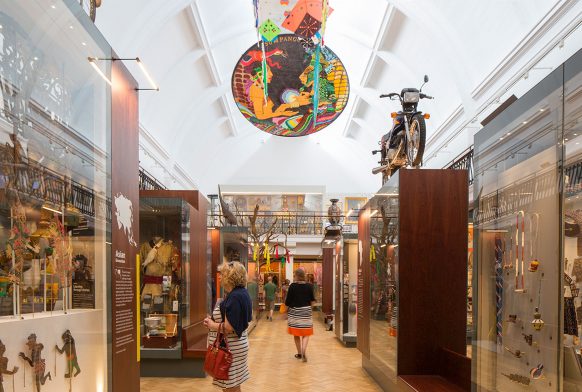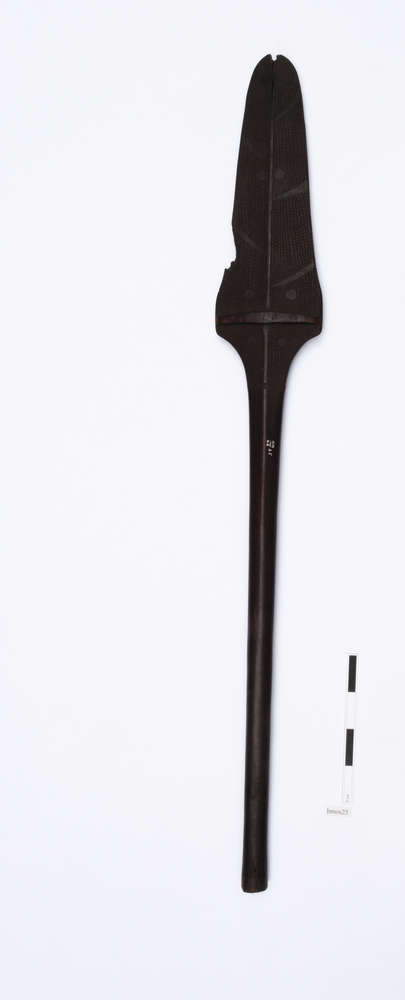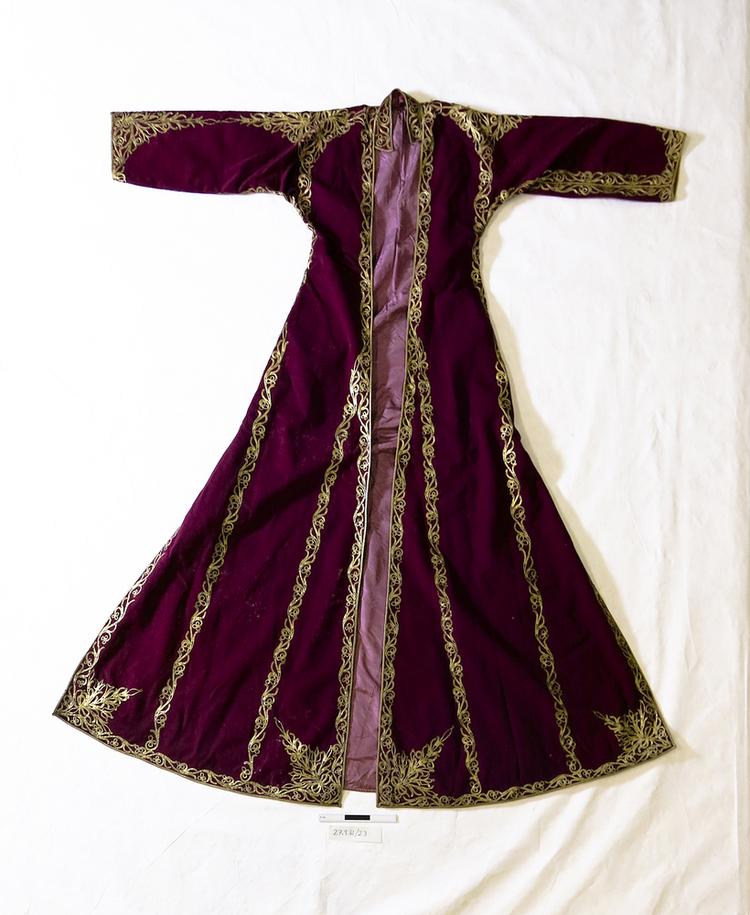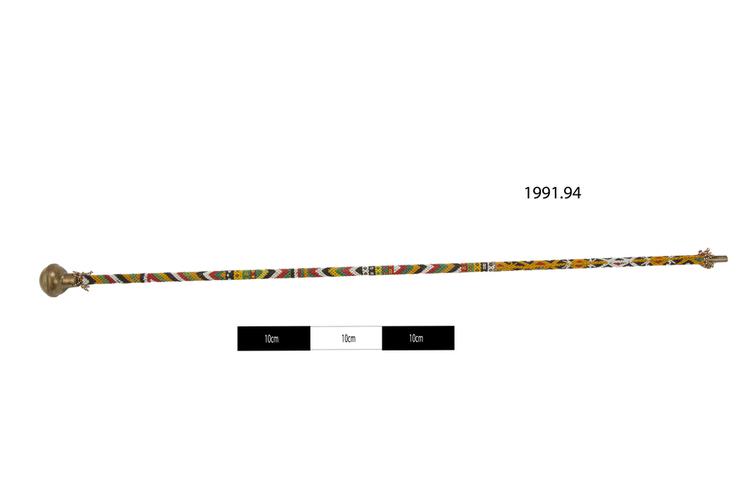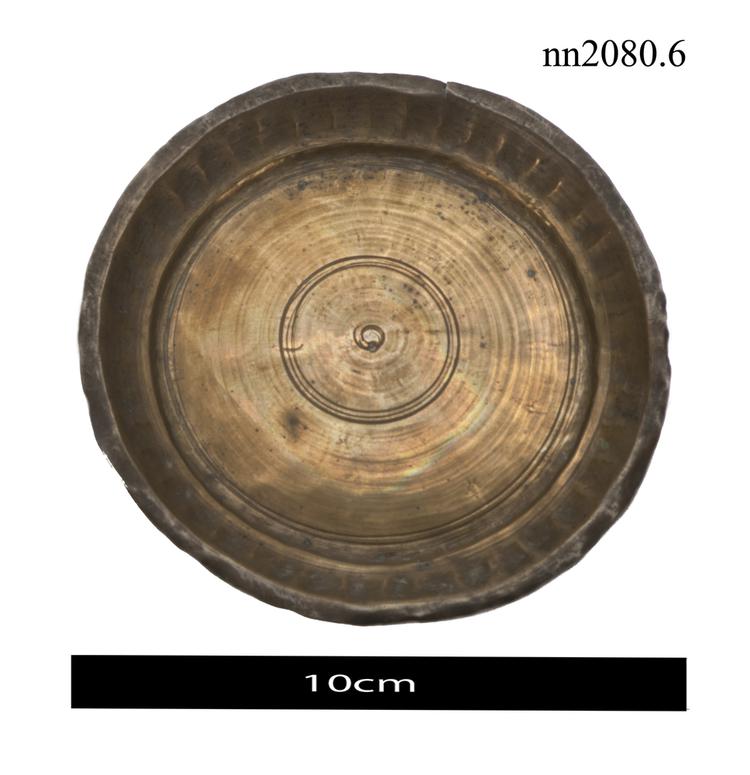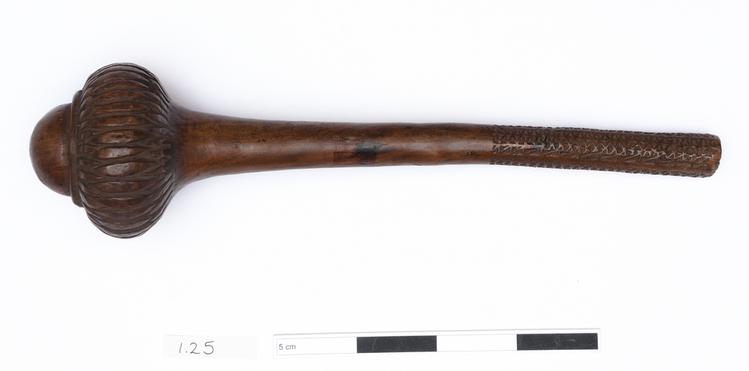
Fijian throwing club, I ula tavatava. The head consists of an oblate spherical section topped with a hemispherical dome, decorated around the equator with three rows of lenticular bosses. The lower portion of the shaft is decorated with zig zag engraving, and the butt is concave.
Throwing Club, I Ula Tavatava, Fiji, Western Polynesia. This finely balanced Fijian throwing club demonstrates the careful measurement of symmetry and painstaking sanding that are typical of the best West Polynesian woodcarving. Throwing clubs could be used in two main ways. As their name suggests, they were thrown in high, arcing volleys when two armies closed for battle, at a distance of some ten metres. In this way, they were supplemental to bows in weakening the enemy force before the truly deadly business of hand-to-hand fighting with long clubs and spears began. Secondly, i ula were used to kill men who had been brought down and incapacitated with long clubs or spears, and so the honour of delivering the killing blow often fell to them. If a great warrior attained the status of an ancestral deity after death, his ula club often became a central part of the god-image kept in the temple by his descendents. Men became closely attached to their throwing clubs, and 19th-century depictions of Fijian warriors often show them wearing a matching pair of i ula tucked into their waist sash. Wood. Mid-19th Century. Formerly in the private collection of the Reverend Thomas Ray.



